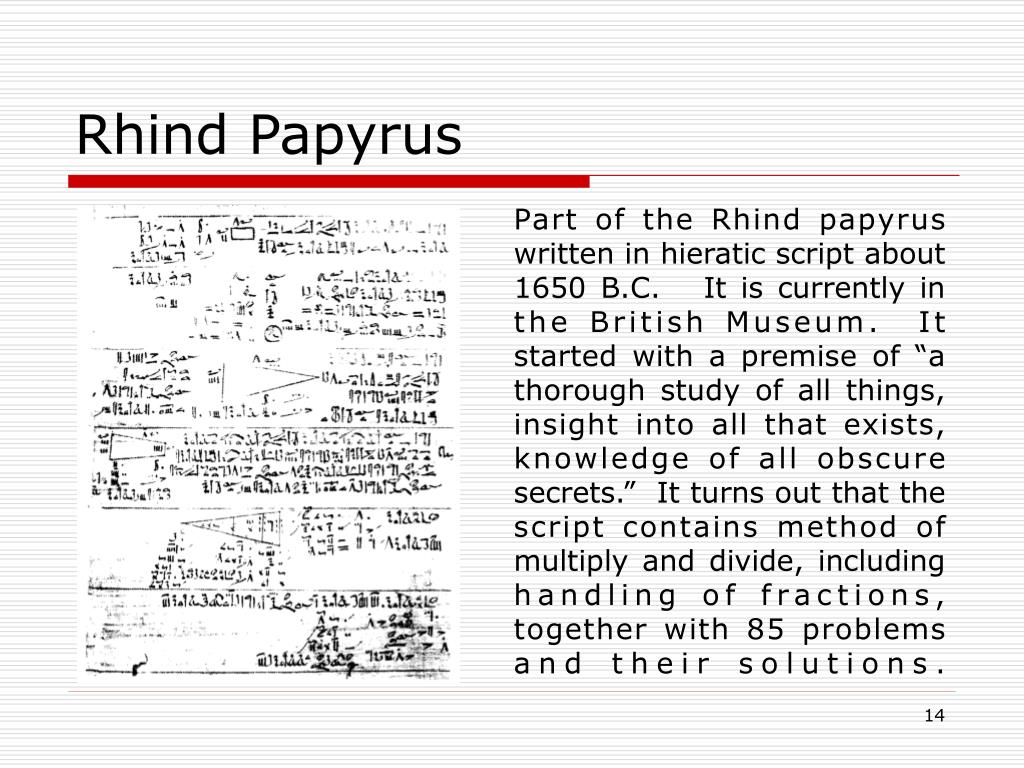

This helped open the way for trade between the Pharaohs and Africa. the ancient Egyptians built channels through the first cataract of the Nile, where the Aswan Dan stands today. Roads were not so important because they relied on the Nile for transportation. The Egyptians used primitive water wheels about 2500 B.C. high) and contains 2 million limestone blocks, most weighing around 2.5 tons, and quarried several kilometers away and transported presumably on barges and sledges to their present location. Knowing only the lever, roller, inclined plane and possibly a long copper saw, they erected immense monuments in the desert, such as the Great Pyramid of Cheops, which stands 146 meters (481 ft. The engineering skill of the ancient Egyptians has to be admired. The bottle was invented sometime around 1500 B.C. Glassmaking was known in ancient Egypt as far back as 2500 B.C. and may be tied to the invention of wheeled vehicles. The potter's wheel is believed to have been invented in Mesopotamia around 3500 B.C. Both Mesopotamia and ancient Egypt had the pottery wheel by that time. The earliest Egyptian pottery was unglazed red earthenware. Pottery making was well advanced by 3000 B.C.

The potter’s wheel is believed to have been invented in Mesopotamia around 3500 B.C.

Even so, a great deal of practical knowledge was ascertained as properties of metals were observed and processes such as glassmaking and alloy production were figured out. People believed that natural processes were caused by spirits. In ancient times people, sciences such as chemistry, biology and physics did not exist. The word chemistry is derived from the word Alchemy which is the ancient name for Egypt. Ancient Egyptian plane? The Egyptians developed fairly sophisticated chemistry through cosmetic-making, dying, glassmaking and gold metallurgy.


 0 kommentar(er)
0 kommentar(er)
